Exploring the Versatility of Furniture Legs
Furniture legs are a fundamental component in the design and functionality of furniture pieces. From sofa legs to bed legs, each type serves a specific purpose, contributing to the stability, aesthetic, and durability of the furniture they support. This introduction delves into the various aspects of furniture legs, highlighting their applications, features, and the materials commonly used in their construction.
Types and Applications of Furniture Legs
Diverse in form and function, furniture legs cater to different types of furniture. Desk legs and office table legs often prioritize strength and stability, while dining table legs wood varieties combine durability with a touch of elegance. In contrast, coffee table legs might showcase more intricate designs, reflecting the style of a living space. The adaptability of folding table legs and foldable table legs offers space-saving solutions, essential for multi-functional areas.
Features and Design Considerations
The design of furniture legs can significantly influence the overall look and feel of a piece. Metal table legs can be crafted with sleek lines for a modern appearance, while wooden table legs often feature carvings or turned shapes for a classic or rustic aesthetic. The functionality is also paramount; for instance, gateleg table components are designed for collapsibility and ease of storage. The choice of leg can transform the style and utility of furniture, making the selection process critical.
Materials and Craftsmanship
The materials used in furniture legs affect their longevity and performance. Hardwood table legs are prized for their strength and traditional appeal, whereas metal table legs offer a contemporary look and are known for their resilience. The craftsmanship behind these pieces is evident in their durability and the finesse of their finishes, which range from natural wood stains to polished metals.
Customization and Adaptability
Customization is a key aspect of furniture legs, allowing for a tailored approach to furniture design. Whether it's adjusting the height of chair legs for ergonomic comfort or selecting the perfect shade for wooden desk legs, the ability to customize is invaluable. This adaptability ensures that furniture can meet the specific needs and preferences of various users and spaces.
Environmental Considerations and Sustainability
With an increasing focus on sustainability, the furniture industry is seeing a rise in demand for eco-friendly materials. Furniture legs made from responsibly sourced wood or recycled metals are becoming more prevalent, offering a sustainable choice without compromising on strength or style.
In conclusion, furniture legs are more than just a support mechanism; they are a key element in the functionality and aesthetic of furniture. Alibaba.com presents a vast array of options, enabling the perfect match for any furniture project or replacement need.
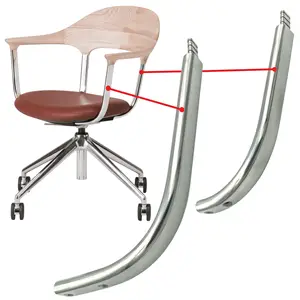







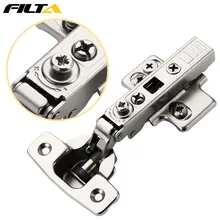



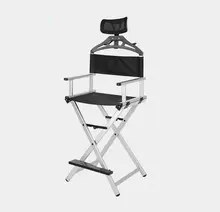
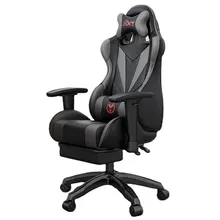
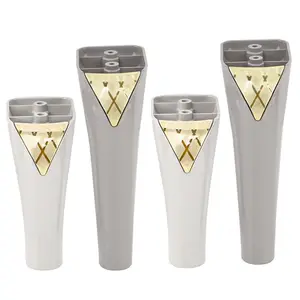




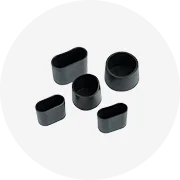
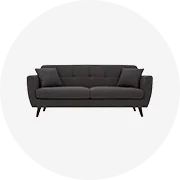
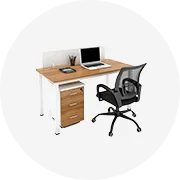

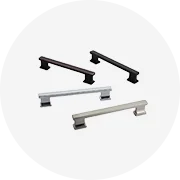
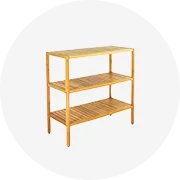
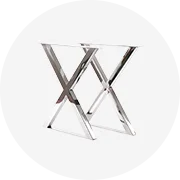
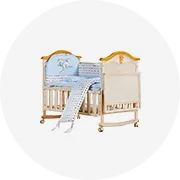








 浙公网安备 33010002000092号
浙公网安备 33010002000092号 浙B2-20120091-4
浙B2-20120091-4